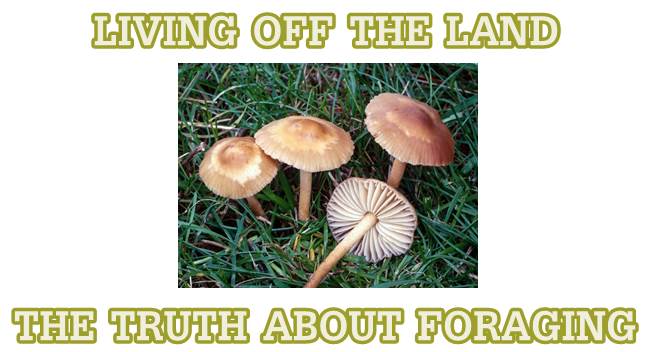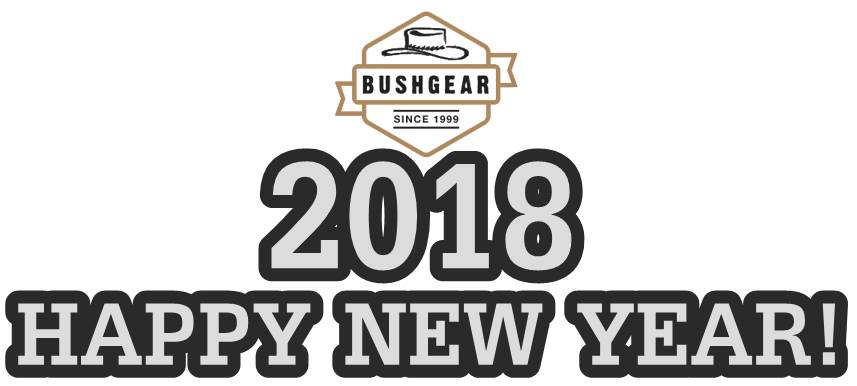
The Truth About Living Off Of The Land

Many modern survival programs insinuate that it is possible to live off of the land in a wilderness/bush craft/survival setting. During the summer months, when there is an abundance of wild foods, this may indeed seem plausible. However, with a little scrutiny, the truth reveals itself as being quite different.
If, in this instance, we use the UK as an an example, we can quickly come to a few conclusions, which we can also apply to most of Europe and the "developed" world. The vast majority of land in the UK is privately owned. The parts of the land where wild edibles are most likely to grow will undoubtedly be agricultural or near agriculture (not many wild edibles to find in central London or Birmingham, as long as you ignore Borough market, of course!). So immediately, the concept of "wild food" becomes blurred.
You will notice that the majority of survival experts tend to focus on the collection of wild edibles such as berries, leafy vegetables, nuts, tubers and fruits. These all sound great but the reality is, that these are all fairly low energy foods. There is no doubt that these foods can be very beneficial nutritionally. Vitamins and micro nutrients are vital to good, long term health but the fact is, these foods simply do not contain sufficient calories to sustain life. It would be nearly impossible to find enough, in the wild, for long term survival. Even if you were able to find a large abundance of nuts or tubers, the likelihood of them being a food source throughout the entire year is nil. Preserving food for the winter months is obviously an option, but then again, this hardly constitutes a wild edible, as presented by many television survival specialists.
So what are the best energy sources with regards to wild edibles? The simple answer is meat and fish. You will notice that on all survival programs, meat and fish are king. There are very few wild food sources that can compete calorie wise. After several days or weeks of starvation, even supposedly ardent vegetarians seem to break, when presented with a juicy piece of steamed fish or flame grilled rabbit. Particularly in the winter months, fish, seafood and meat may be the only viable (and visible) calorie sources.
So is this the solution? Unfortunately, although more viable, securing enough meat and fish to sustain yourself would be practically impossible. If you were lucky enough to catch a salmon run and were able to preserve the fish, this could give you several months worth of calories. Unfortunately, game and fish stocks are closely monitored and controlled. If abiding by hunting and fishing legislation (UK), you can catch 1 or two large fish or up to 20 smaller fish per day. Lets say the fishing season lasts for four months, that will give you approximately 200-300 fish. That will provide approximately 250,000 calories in total, which works out to 78 days worth of calories. That would still leave approximately 280 days worth of calories to procure. Similarly, with hunting, you would need to eat 24 squirrels per day to provide you with sufficient calories. Throw into this mix England's restrictive hunting and fishing laws and you will soon see that this is not a sustainable way to live.
Many survival programs insinuate that the best sources of wild energy are roots and tubers. The most commonly quoted examples are burdock and bulrush. These can sometimes be a decent source of carbohydrate but try finding a decent harvest in the winter. The tasty succulent leaves and stalks would have matured into chewy, wood like sticks, providing very little to no nutrition, this goes for the roots too. One may think, watching these survival programs that a few sticks of old bulrush provide a satisfactory meal, but believe us, this is a nonsense! A few stalks will only provide a handful of calories at best. Consumption of vast forest of stalks would undoubtedly lead to a myriad of stomach upsets.
What about the humble potato and onion. First, these are cultivated varieties, were you to trace these back to their original varieties, you would probably be disappointed by their meagre proportions and further disappointed by their calorific content. Hundreds if not thousands of years of cultivation have gone into producing these varieties. So strictly speaking, these can no longer be classified as wild edibles.
So what is the solution? Most likely, your best bet is to simply store or carry sufficient amounts of food for your needs. Long term survival is not possible without a massive stock pile of food and at least a couple of growing seasons to get some crops or animal stock going. Once you have established a homestead, many options open up to you but then again, this could no longer be considered as being foraging for wild food.
At best (speaking about the UK), we can expect to find a few tasty treats, now and again. Foraging wild edibles is a great way to experience the countryside and may provide you with a nice top up, both flavour and calorie wise, for your home kitchen. Some people even make a business out of foraging, producing jams or pickles etc. However, as far as it being a sustainable way to live, we would argue that this is simply not possible, in our day and age.
The Bushgear Team


